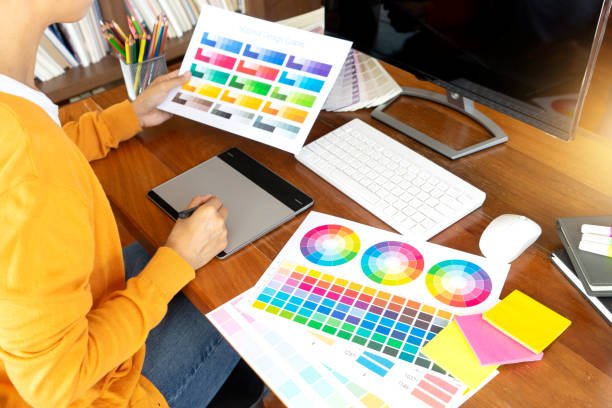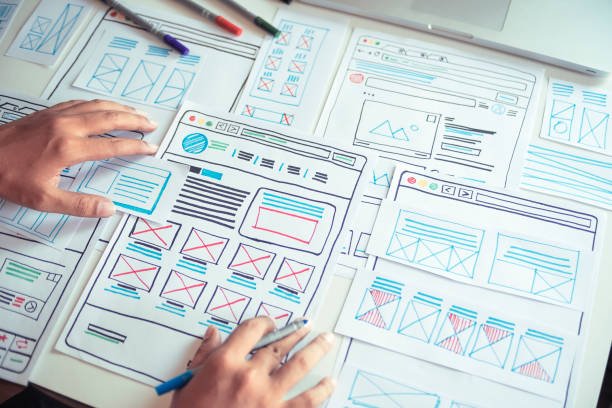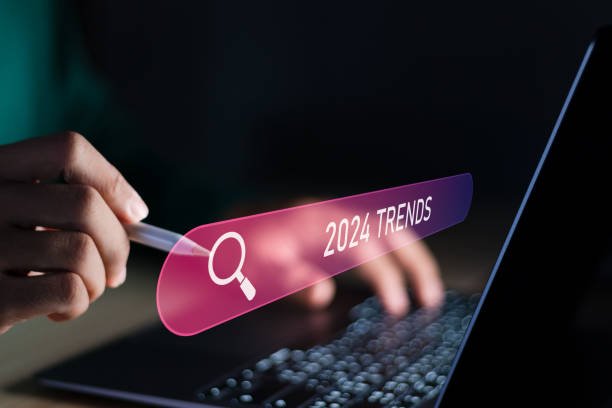In the digital age, attention spans are shorter than ever. For businesses, this means having a website that grabs a visitor’s attention in milliseconds and compels them to take action. But how do you achieve this elusive goal? Enter the fascinating world of website design psychology.
Website design psychology delves into the subconscious – understanding how visual elements, layout, and content influence user behavior. By harnessing these principles, you can craft a website that speaks directly to your target audience, fostering trust, sparking emotions, and ultimately driving conversions.
Let’s unlock some of the key psychological tactics used by web design ninjas:

The Power of Color
High-quality, informatiColors hold immense power, triggering emotions and influencing user perception. Blue evokes trust and security, while green represents growth and freshness. Understanding color psychology and aligning it with your brand message is crucial.ve content is the foundation of good SEO.
When designing your website, prioritize creating clear, concise content that speaks to your target audience and their search intent. Conduct keyword research to identify relevant terms people are using to find businesses like yours. Integrate these keywords naturally throughout your website, but avoid keyword stuffing – search engines penalize websites that overuse keywords.
F-Pattern Scanning
Our eyes tend to follow an F-shaped pattern when scanning a webpage. Place key information and calls to action (CTAs) strategically along this invisible F for maximum impact.

The Hierarchy of Visuals
High-quality images and videos are captivating. Use visuals strategically to showcase your products, tell your brand story, and evoke emotions. Humans are wired to respond to faces, so consider incorporating them to build trust and connection.
White Space is Your Friend
Whitespace, or negative space, is often overlooked. However, it provides breathing room for elements on your page, preventing an overwhelming and cluttered feel.
The Art of Storytelling
People connect with stories. Weave a compelling narrative about your brand, products, or services throughout your website. Testimonials and user-generated content can further strengthen your story’s authenticity.

Scarcity and Urgency
The fear of missing out (FOMO) is a powerful motivator. Highlight limited-time offers, low stock availability, or exclusive content to create a sense of urgency and encourage users to act fast.
Social Proof
People trust the opinions of others. Showcase customer reviews, testimonials, and social media engagement to build trust and establish credibility
The Navigation Maze
Your website shouldn’t feel like a labyrinth. Ensure clear and intuitive navigation with easily identifiable menus and well-placed CTAs. Users should be able to find what they need with minimal effort.

Conclusion
Remember, website design psychology is an ongoing conversation. Track user behavior through analytics tools and A/B testing to identify what resonates with your audience and adapt your design accordingly.
By understanding these psychological principles and implementing them strategically, you can transform your website from a digital brochure into a powerful tool that influences user behavior and drives business growth. So, unleash the power of website design psychology and watch your website conversions soar.



